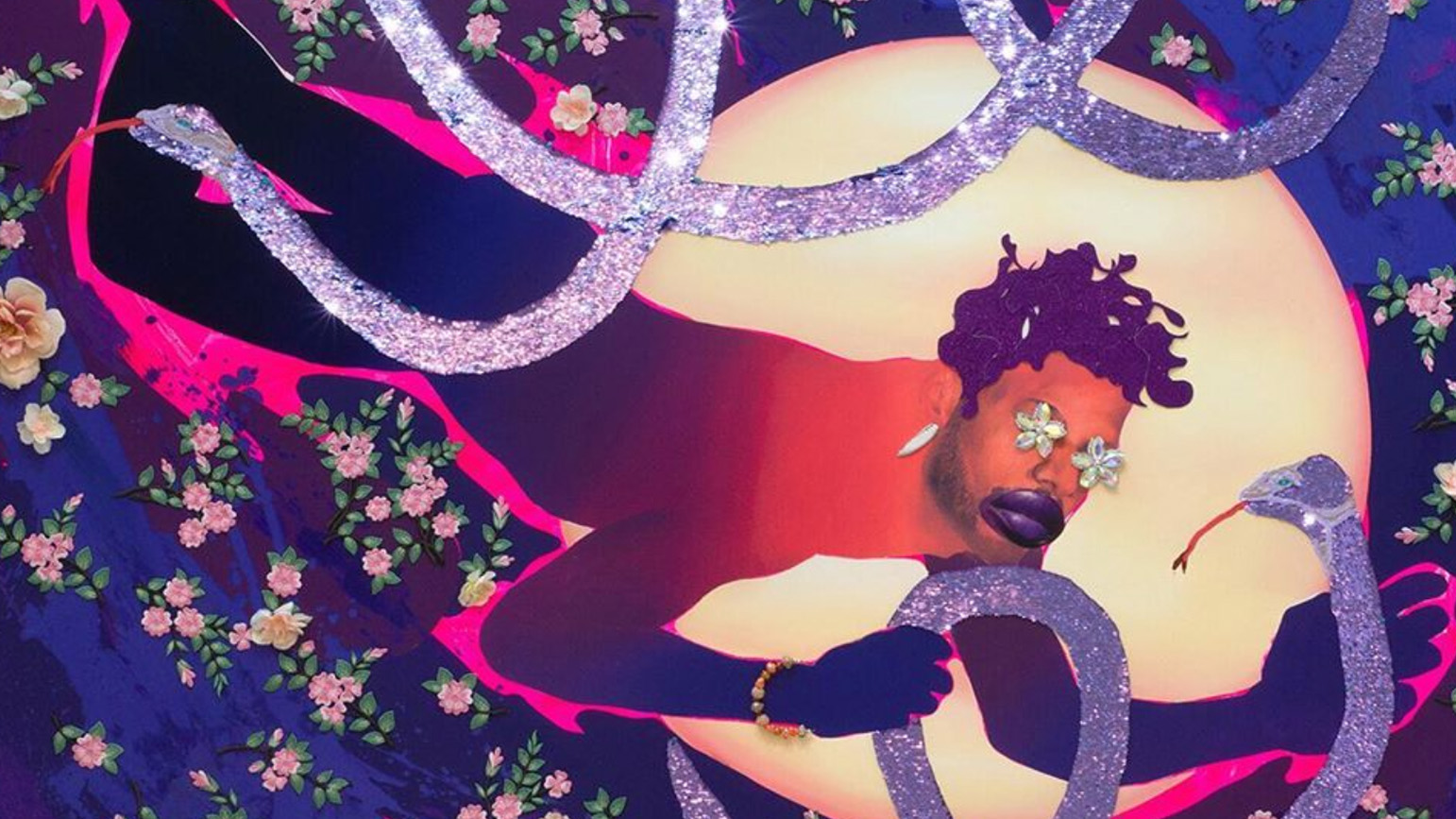
Professor Devan Shimoyama‘s work is part of the group exhibition “Friends and Friends of Friends: Artistic communities in the age of social media,” on view at Schlossmuseum in Linz, Austria, September 30, 2020 to January 6, 2021.
Artistic communities once depended on face-to-face meetings and discussions. Artists shared studios, went on joint excursions, formulated programs with specific goals and actively recruited members. Artistic communities in the age of social media connect online and are in direct exchange. They depart from an academic approach and, like the Young British Artists, have found new means and strategies to exhibit and distribute their own work. They share their art via the social network Instagram, provide insights into the creation of their works and talk publicly about their work process in livestreams. Unlike the net artists who have been creating net-based and digital works since the 1990s, the artists featured in the exhibition work through the medium of painting and sculpture. Their point of reference runs from Pop Art to Post-Internet Art. The themes they explore include consumption and identity, technology and sexuality, and media and privacy.
Young artists who have grown up with the internet as digital natives are intuitively reverting back to the creation of physical works. Fake news and deepfakes, misinformation and media manipulation cause insecurity in dealing with information and lead to a desire for empirical security and tactile experiences. In 2017, the British artist Oli Epp coined the term Post-Digital Pop to describe his paintings, which are a reaction to life in front of and behind the screens of smartphones, tablets and laptops. Epp and the British writer and curator Aindrea Emelife jointly selected the 20 artists featured in the exhibition, who in their works take a direct or indirect stance on current debates surrounding gender identity, net feminism, Black Lives Matter, and internet culture.
The exhibition “Friends and Friends of Friends” highlights the potential of a globally connected world through the example of a community of young artists, who advance artistic and social debates both online and offline. While social media are used by reactionaries to weaken democracy, young artists use platforms like Instagram to make the art world more democratic.




